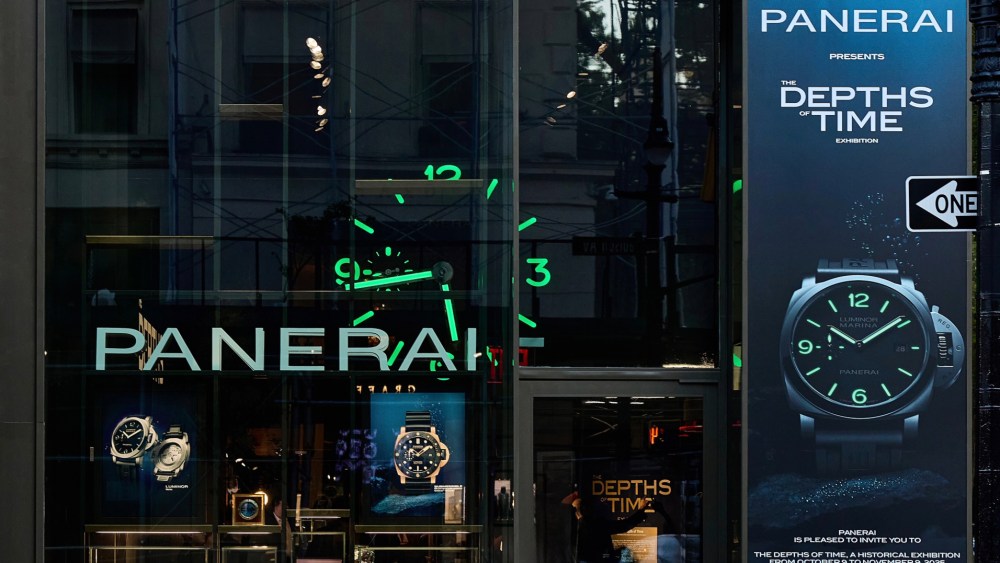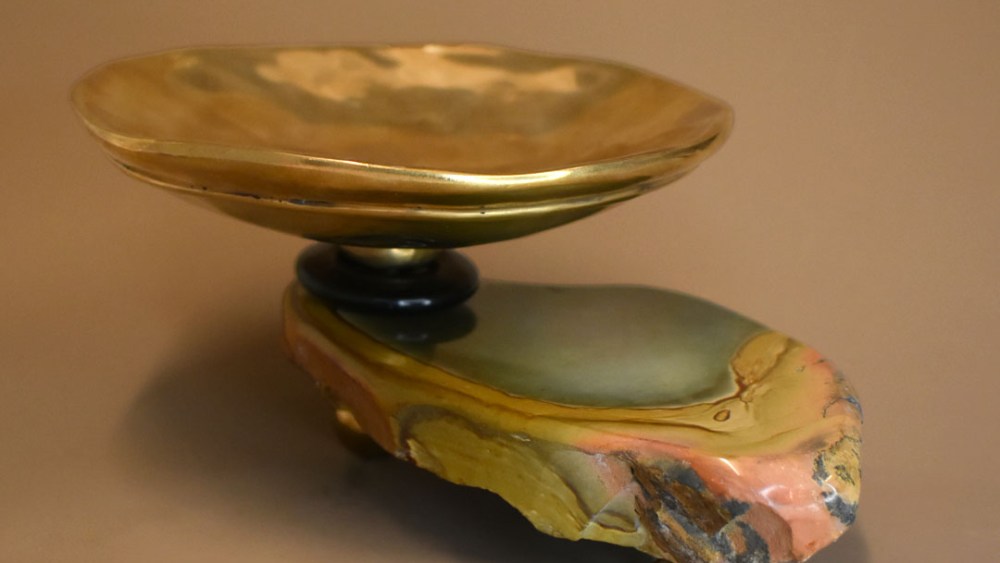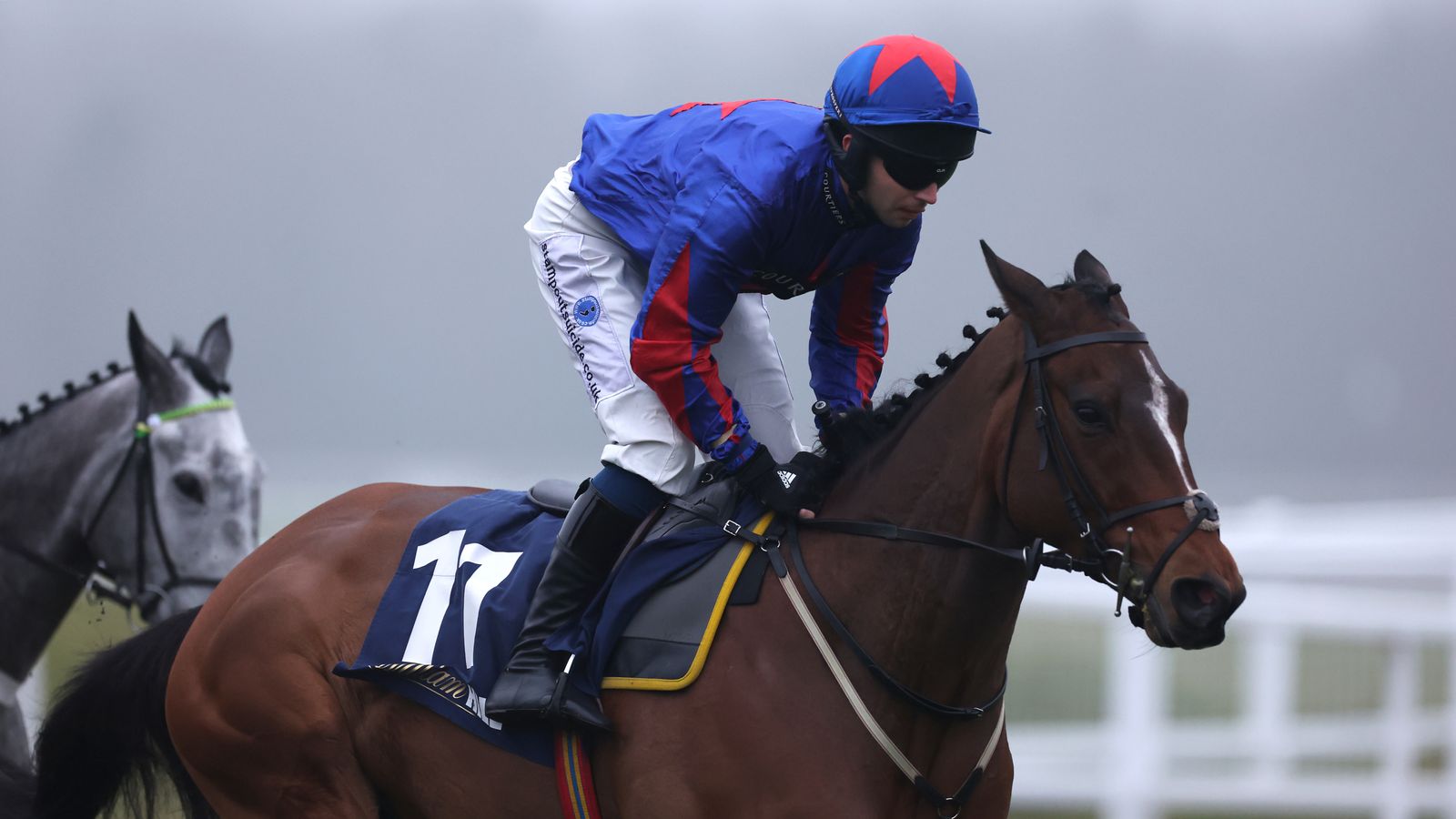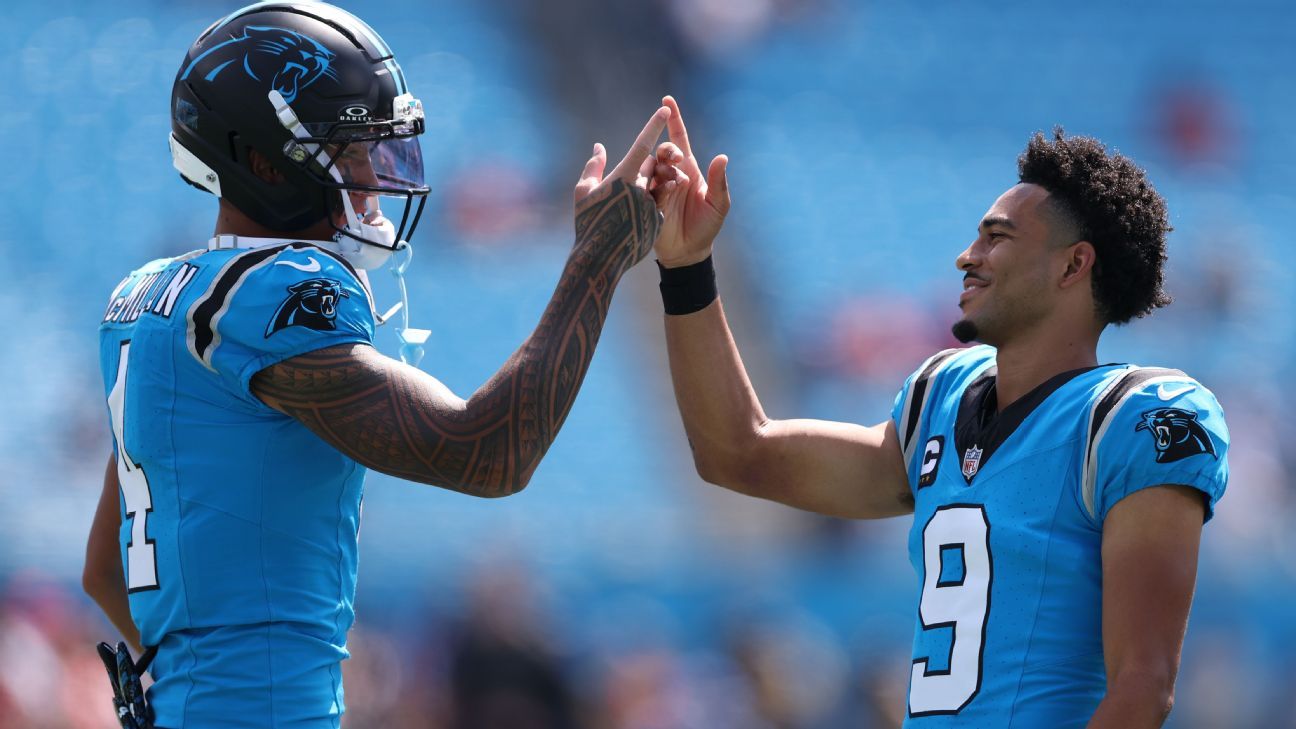
Emmanuel Perrin is humble.
Despite a rich résumé that includes a 33-year career at Richemont heading its specialist watchmakers group, serving as chief executive officer of Cartier North America and in several executive roles at Van Cleef & Arpels, he has no desire to be in the spotlight.
So when he was tapped in April to become CEO of Panerai, he made it clear that rather than promoting himself, he would be wholly committed to upholding the legacy of the brand he was charged to oversee.
“I’m only the third CEO in the Richemont era of the company,” he said. “The only mark that I want to make, working with the team at Panerai, is to be a custodian and make sure we hand the maison over to the next generation in stronger shape than when we inherited it.”
Panerai has a rich history. It traces its roots to 1860 when Giovanni Panerai opened a workshop, shop and school of watchmaking in Florence, Italy. Starting in 1910, the company served as the secretive supplier to the commandos of the Italian Navy, starting out crafting precision instruments such as gun sights and luminescent compasses before creating its first watches in 1935.
“That shaped and morphed the DNA of Panerai,” Perrin said.

“The Depths of Time” exhibit will travel to Miami next.
Courtesy of Panerai
Until 1993, the company exclusively created timepieces to meet the Italian Navy’s specifications: luminescent, water resistant, extended power reserve and hardy construction. But on Sept. 10 of that year, Panerai introduced its first commercial watches, including the Luminor, which remains its signature to this day.
Panerai was purchased by Richemont in 1997 and today the brand has headquarters and manufacturing facilities in Switzerland as well as an office in Milan.
This rich history is showcased in “The Depths of Time,” an exhibit that debuted Thursday at Casa Panerai, the company’s New York City flagship. The exhibit debuted in Florence on Sept. 10 — the date and location were chosen to commemorate the brand’s move into civilian watches in its original home city — and will remain in Manhattan through Nov. 9 before moving on to Miami.
Perrin proudly showed off the extensive collection of archival materials that include personal letters between the Panerai family and the Italian Navy, technical drawings, early catalogs and historical photographs. Compasses and depth gauges are displayed alongside archival watches and patent certificates.

Emmanuel Perrin
Courtesy of Panerai
The exhibition ends with a close-up view of the recently launched Luminor Marina Militare, a reinterpretation of the watch created for the Italian Navy and the versions introduced to the public in 1993.
Panerai still works with the Italian Navy, offering an exclusive vetted collection created just for its commandos. But that represents only a small piece of the business, with 99 percent of sales coming from the commercial collection.
But while targeted to consumers, everything that Panerai creates is rooted in this military history. That means the watches offer cutting-edge Swiss precision technology blended with Italian design.
Because of their history servicing the Navy, the watches are large, ranging from 38 millimeters to 47 millimeters, are rigorously tested to be water-resistant to as much as 500 meters, and are durable. “We make big, tough watches,” Perrin said.

Panerai’s Marina Militare watch.
Courtesy of Panerai
Most of its customers are men, although some women are also fans. To appeal to females, Panerai has begun offering smaller watches, but it will never start making dainty timepieces. “If you’re looking for a diamond-studded watch, I would suggest Cartier,” he said with a smile. “But if you want a tough, mechanical watch, I think Panerai is second to none.”
For both genders, he said Panerai “needs to speak to you, to who you are and what you want to project. We are not a watch for everybody. We still make professional tool watches. We conceive them as such, to have a purpose, to have a function, to be useful, to be resistant, to be reliable. And that’s what also drives the innovation and the continuous improvement of our watches, which is how Panerai has always functioned.”
Its commitment to producing large, durable watches is perhaps the reason the U.S. is Panerai’s largest market. He said the history of the U.S. and its people are very similar to that of Panerai.
“There is a natural affinity for a watch that is big, tough, resilient and resistant. This is how the U.S. was created and you still see the ability of of the U.S. people to go through a major crisis, fall down, get back up, dust themselves off and go forward,” he said.
But one of his goals as CEO is to enhance the visibility of the Panerai brand. Although the company has developed a rabid following globally — there is a group of 30,000 people who belong to Club P, a community of Panerai watch owners and enthusiasts — it’s still under-the-radar for many people. The Club P group is meeting in New York this week and will be visiting the store to see the exhibition on Thursday.
Panerai also counts Sylvester Stallone as a fan. The actor was an early proponent of the watches, wearing them in his movies and gifting them to co-workers.
“It put the brand on the map in the U.S.,” Perrin said.
Evan so, there’s enormous room for growth, he believes. “The awareness of the maison is still very small. We have fantastic product. We have a fantastic history. We have fantastic stories to tell, but too few people know about it. There’s a new generation coming of age and we need to continue engaging with those potential customers — but by staying true to who we are. I think if you try to widen your audience too much by stretching your DNA, you lose a little bit of your soul, and the customer reacts to that.”
Panerai operates 30 stores in the U.S. market and Perrin said it may add one or two more going forward in cities such as Indianapolis — its latest opening — where there is white space. But the primary expansion in the U.S. will be with multibrand retailers, he said.
He also believes there are expansion opportunities in other parts of the world including Mexico, India and Vietnam.
But wherever Panerai goes, it will continue to lean into its heritage as a diving brand. The company has only one main ambassador, Mike Horn, a Swiss explorer and adventurer, who has worked with the brand for more than 20 years. Perrin said he would consider one day bringing a celebrity into the fold, but the relationship would have to be genuine.
“When you see celebrities changing brands from one season to the next, or from one red carpet to the next, it’s probably less relevant. But we would consider someone who naturally wears the brand and would be interested in representing it.”
#Panerais #CEO #Emmanuel #Perrin #Strives #Increase #Brand #Visibility #Mining #Heritage






